1. My Buddy
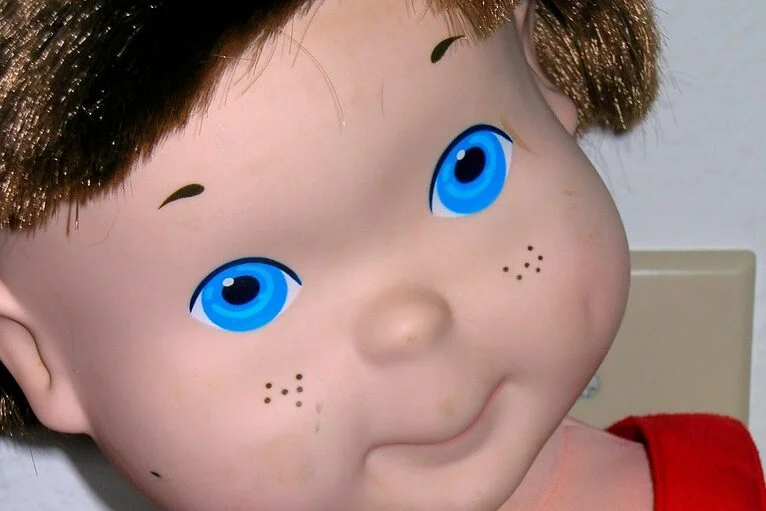
If you were a kid in the ’80s, chances are you remember the catchy “My Buddy” jingle. The commercial showed a little boy carrying the doll everywhere, whether it was to the park, on bike rides, or just hanging out at home. The idea was to give boys their own “friend” doll to take on adventures, which was unusual for the time since dolls were mostly marketed to girls. The upbeat music and bright colors made kids feel like they had to have one.
Parents, on the other hand, weren’t always as excited about the price tag. Still, many gave in when their kids sang the jingle nonstop at home. My Buddy dolls became a staple in toy aisles, and the commercial is burned into pop culture memory. It even inspired jokes later on when the design was compared to the Chucky doll from Child’s Play.
2. Teddy Ruxpin
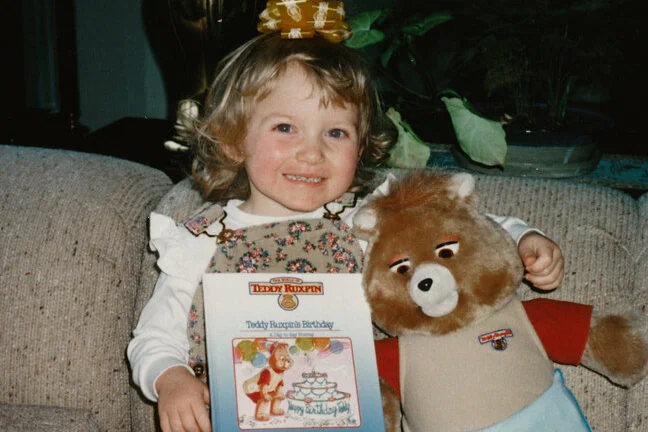
When Teddy Ruxpin hit TV screens, kids were amazed at a bear that could “read” stories. The commercial showed children sitting in awe as the bear’s mouth moved along with cassette tapes tucked into his back. The lifelike movement seemed almost magical in the pre-digital age, making it look like Teddy was alive.
Of course, parents were reminded that this wonder of technology came with a hefty price. Still, the marketing made it seem like every child’s bedtime could be transformed into something special. The commercials often featured smiling families, reinforcing the idea that Teddy was more than a toy, he was a friend. Many kids begged until they got one for Christmas, making it one of the decade’s most iconic toys.
3. Skip-It
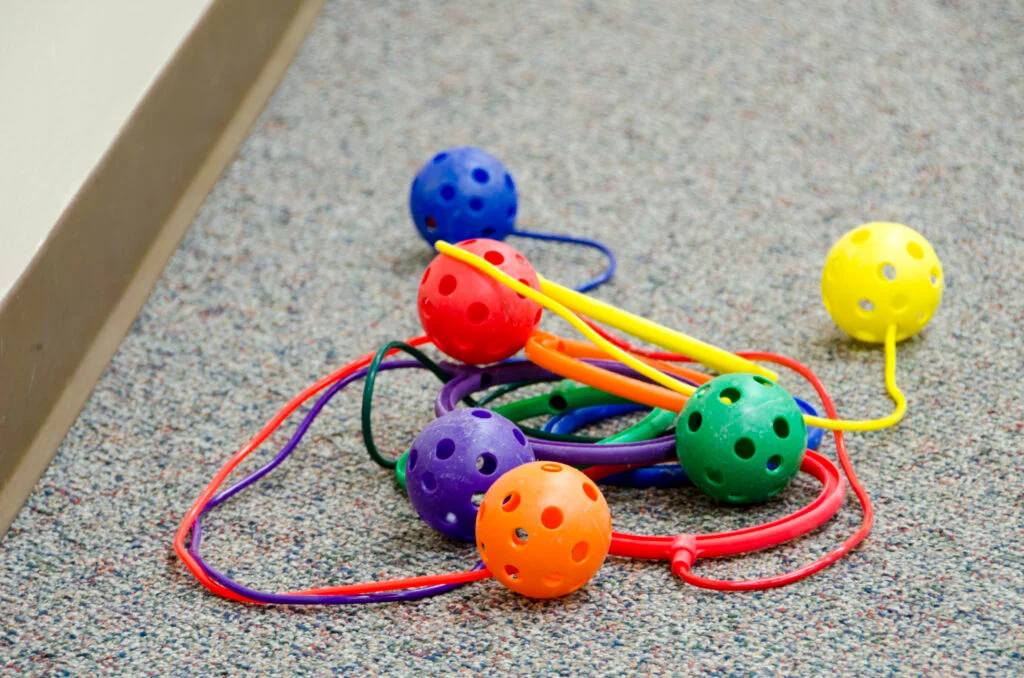
“Skip-It, Skip-It, doo-dah-doo!” If you can still hear that jingle in your head, the commercials did their job. They showed kids spinning the plastic ball around their ankle and hopping over it like it was the most fun activity in the world. The excitement was contagious, especially since the counter on the ball kept track of how many jumps you managed.
Parents may have rolled their eyes at yet another plastic gadget, but kids couldn’t resist the promise of endless backyard competitions. The commercial made it look effortless, though many kids tripped and fell in real life. Still, the ads worked, and Skip-It became a playground staple. It was one of those toys that felt cooler because the TV told you it was.
4. He-Man Action Figures
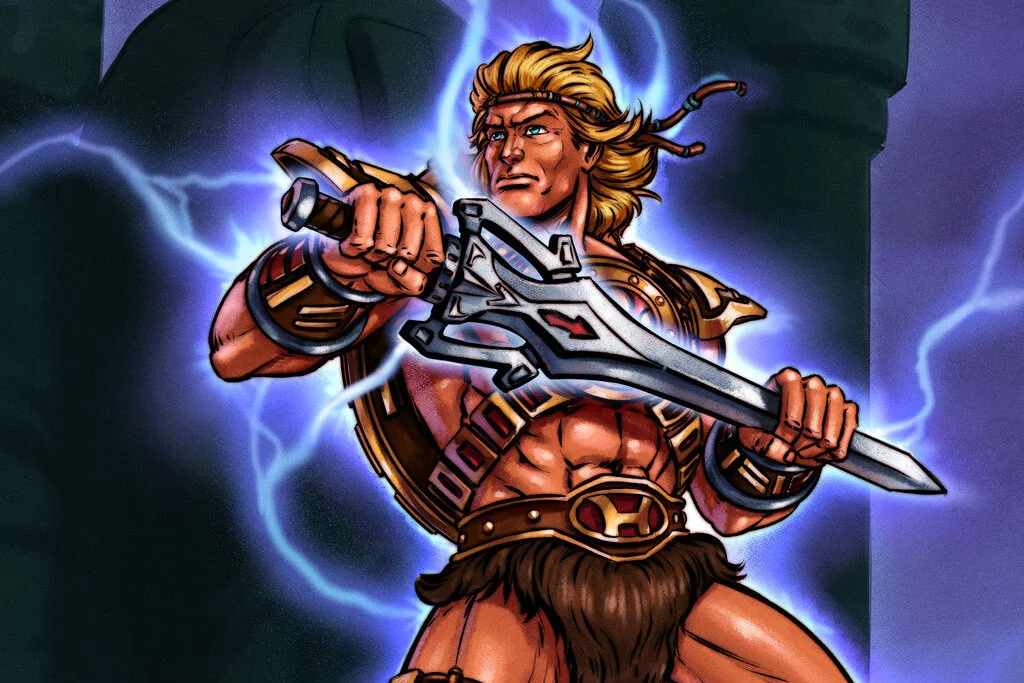
The He-Man commercials were loud, action-packed, and filled with muscle-bound heroes fighting Skeletor and his minions. Kids watching Saturday morning cartoons couldn’t escape the call to join in the battle for Eternia. The commercials were basically mini-adventures that made the toys look like they came alive straight from the cartoon.
Every kid wanted to be part of the action, and the ads made the playsets look like essential battlegrounds. Parents were often pressured into buying not just one figure but entire collections, thanks to the clever marketing. The commercials planted the idea that no He-Man fan could go without Castle Grayskull. Looking back, it’s easy to see why these spots became legends of ’80s toy advertising.
5. Barbie Dream House
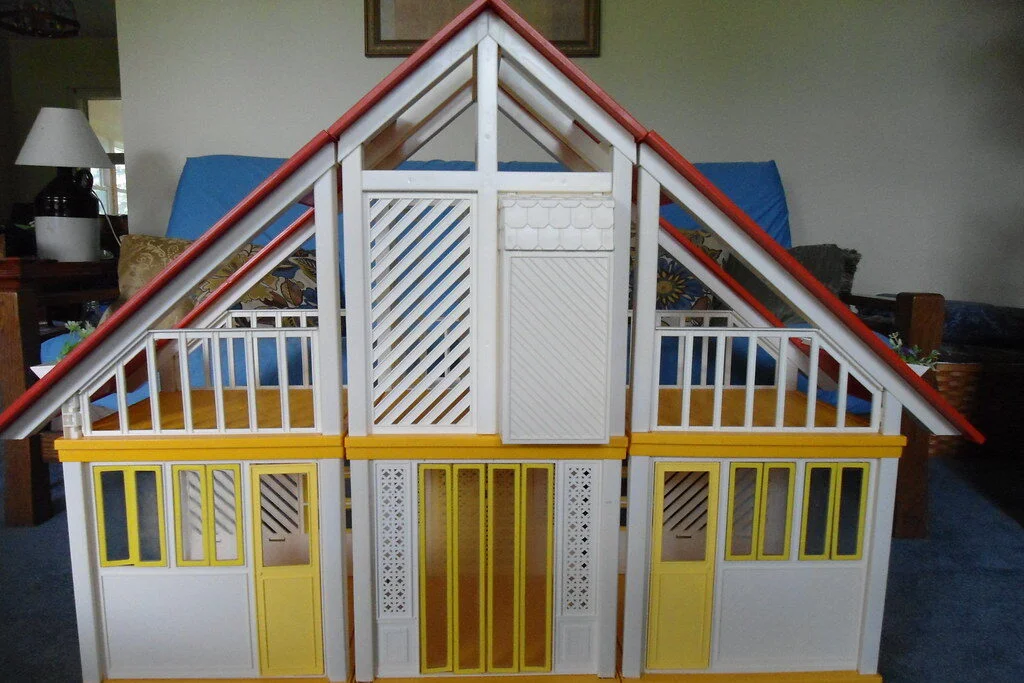
The Barbie Dream House commercials were pure fantasy, showing girls hosting glamorous parties, hanging out by pink furniture, and living in a perfectly accessorized world. The house looked enormous on TV, with elevators, living rooms, and tiny details that made it irresistible. Barbie was already popular, but the commercials made it clear that her life wasn’t complete without this towering playset.
Parents, of course, knew the assembly might not be as simple as the ad suggested. Still, kids begged to create their own Barbie adventures in the sprawling house. The ads were so effective that the Dream House became a holiday “must-have” year after year. To many children, it wasn’t just a toy, it was a lifestyle symbol.
6. Micro Machines
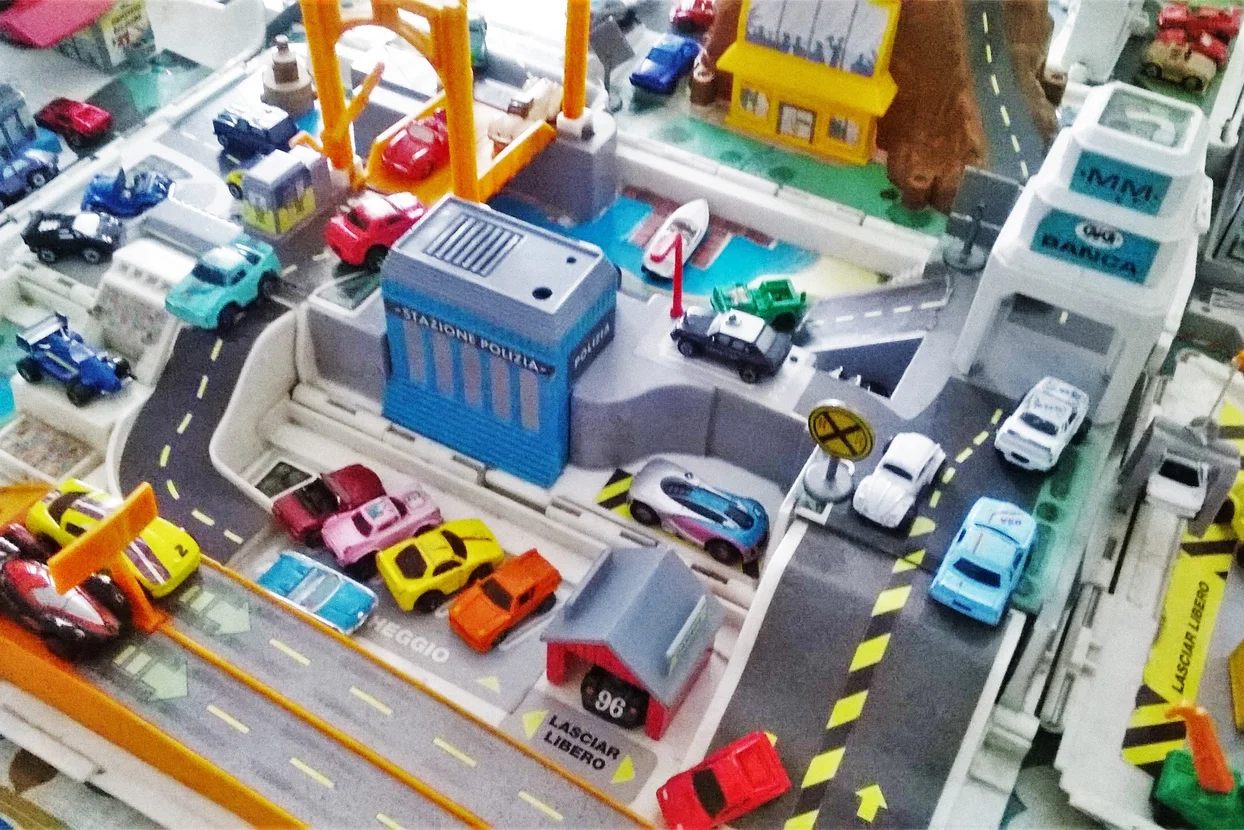
“Micro Machines, the fastest talking guy in the world!” Those commercials were a whirlwind, with John Moschitta Jr.’s rapid-fire voice selling kids on tiny cars and playsets. The speed of the pitch matched the idea of the miniature vehicles zipping around at top speed. It was nearly impossible not to be caught up in the excitement.
Kids who saw the ads suddenly wanted dozens of the little cars. Parents may have been more willing to say yes since they were smaller and cheaper than bigger toy cars. But the commercials made it clear you needed lots of them to create a full collection. Looking back, it was one of the most effective toy marketing campaigns of the decade.
7. Nintendo Entertainment System
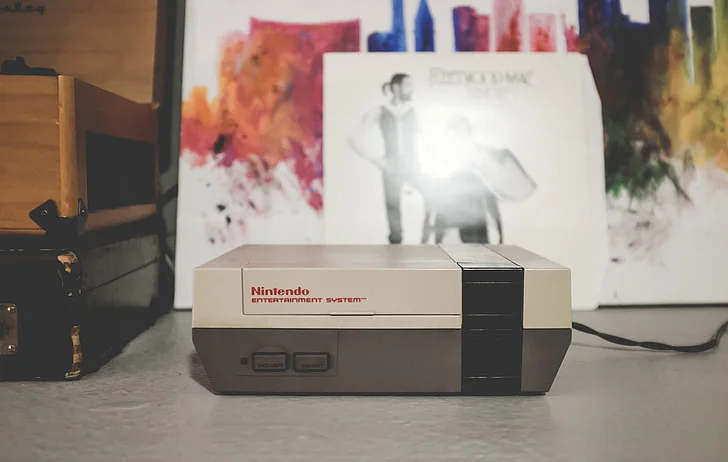
The NES commercials were a game-changer, literally. They showed kids transported into digital worlds, playing Super Mario Bros. and Duck Hunt with friends. The zapper gun looked futuristic, and the excitement of beating Bowser or zapping ducks was irresistible on screen.
Parents who thought video games were just a fad quickly realized it wasn’t going away. The ads made the console seem like a gateway to fun that every child had to be part of. It wasn’t just about games, it was about being in on the coolest new thing. Those commercials turned Nintendo into the king of ’80s living rooms.
8. Cabbage Patch Kids
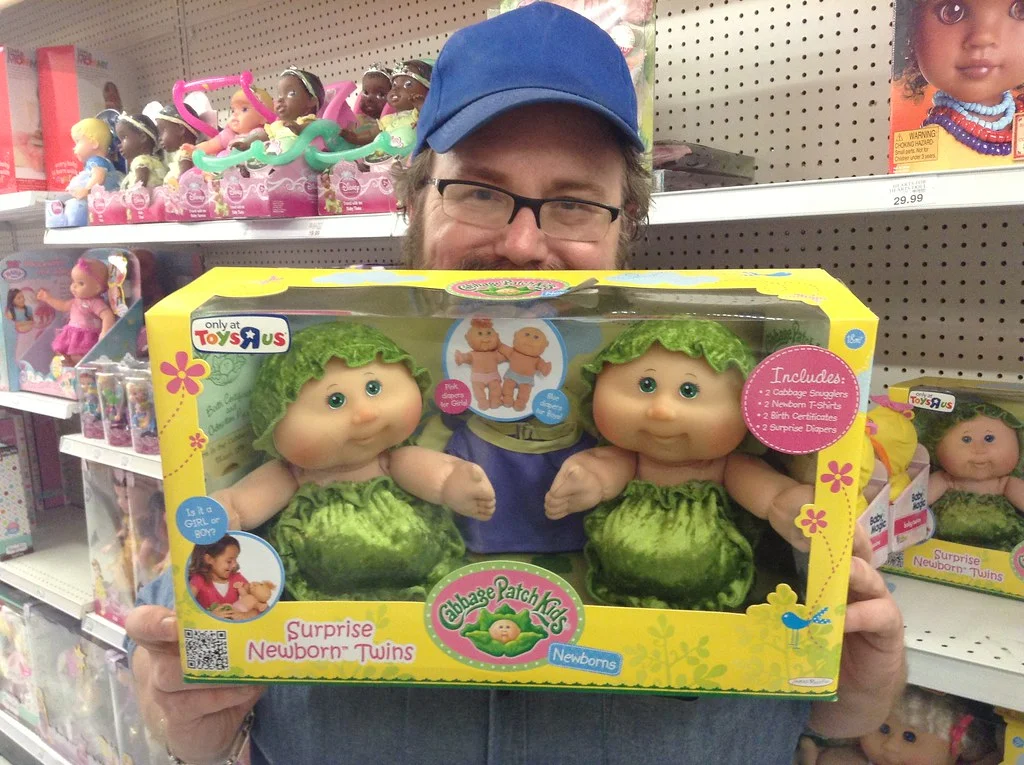
Cabbage Patch Kids commercials tugged at heartstrings by presenting the dolls as adoptable children. They showed smiling kids holding up their “adoption papers” and cradling their new doll like it was a real baby. The message was that you weren’t just buying a toy, you were welcoming a family member.
This made the dolls seem so much more special, and kids begged their parents to join the craze. Of course, parents had to deal with shortages and the infamous holiday shopping chaos of 1983. The commercials only added to the frenzy by making it look like every child already had one. It became one of the most successful toy marketing strategies of all time.
9. G.I. Joe
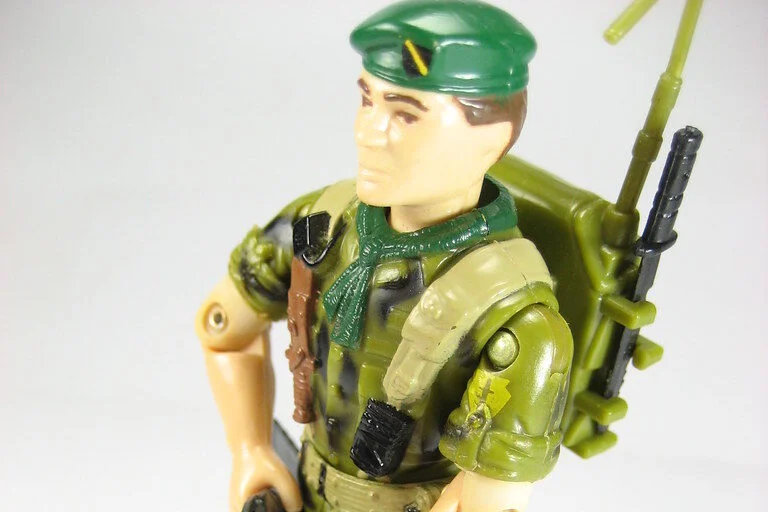
G.I. Joe commercials were like mini action movies, complete with explosions, daring escapes, and the heroic “Real American Hero” theme. Kids watching cartoons were captivated by the fast-paced adventures. The commercials sold not just the figures but an entire universe of vehicles, bases, and villains.
Parents were often convinced to buy piece after piece to “complete the set.” The ads made it seem like no mission could succeed without a full team of Joes. For many kids, the commercials were almost as exciting as the cartoon itself. It was the kind of advertising that blurred the line between entertainment and marketing.
10. Lite-Brite
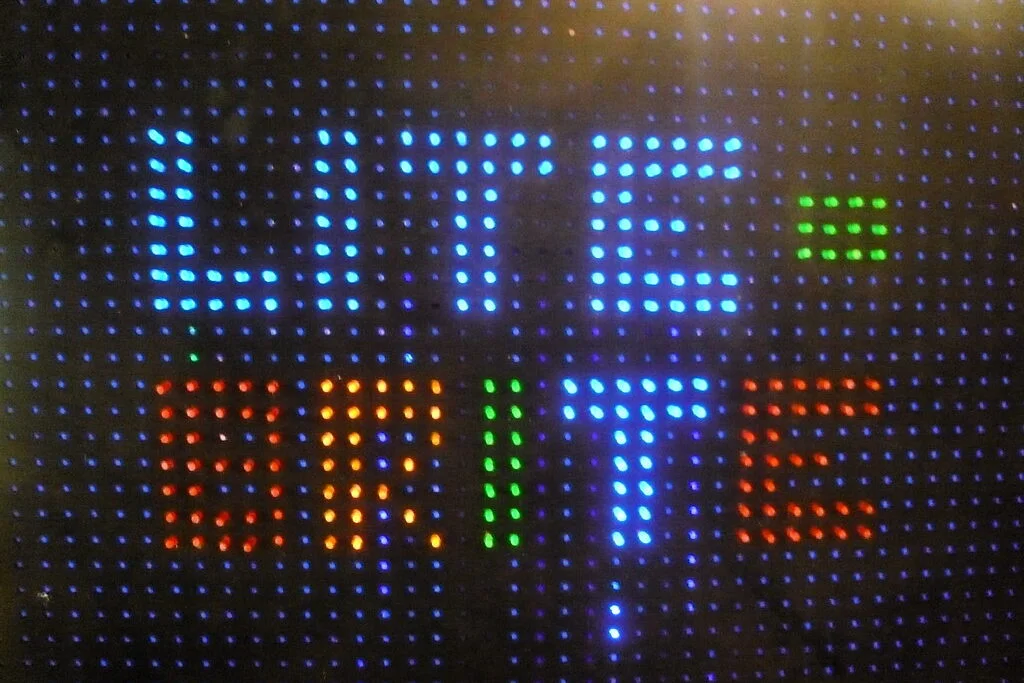
“Lite-Brite, making things with light!” The commercials for Lite-Brite showed children creating glowing pictures in darkened rooms, and the effect was magical. Kids loved the idea of turning tiny plastic pegs into bright, colorful art that looked straight out of a neon sign.
Parents were pitched on the creativity angle, but kids just wanted to see the glow-in-the-dark magic in their own bedrooms. The ads made it look so easy and fun, like you could be an artist instantly. Even though stepping on a peg barefoot was painful, kids kept begging for it anyway. The commercials sold imagination in a way that really stuck.
11. Care Bears
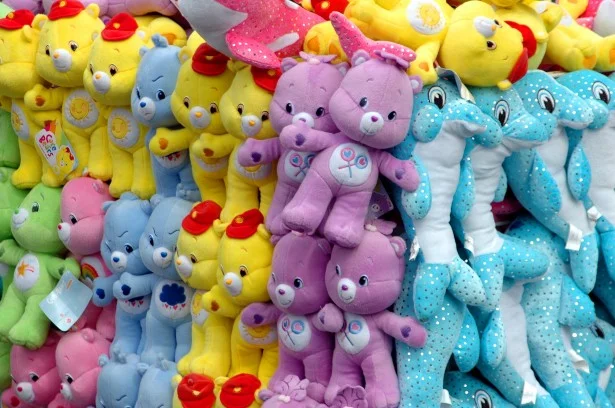
Care Bears commercials were all about love, friendship, and colorful adventures. The ads showed the plush bears spreading kindness and cheering up sad kids with their belly badges. It was impossible not to be charmed by the animated versions alongside the toys themselves.
Parents liked the positive message, but kids were hooked by the idea of collecting every single bear. The commercials cleverly suggested that each one had a unique personality you couldn’t live without. Soon enough, bedrooms across America were filled with rainbow-colored Care Bears. The marketing captured the spirit of the ’80s perfectly.
12. Transformers
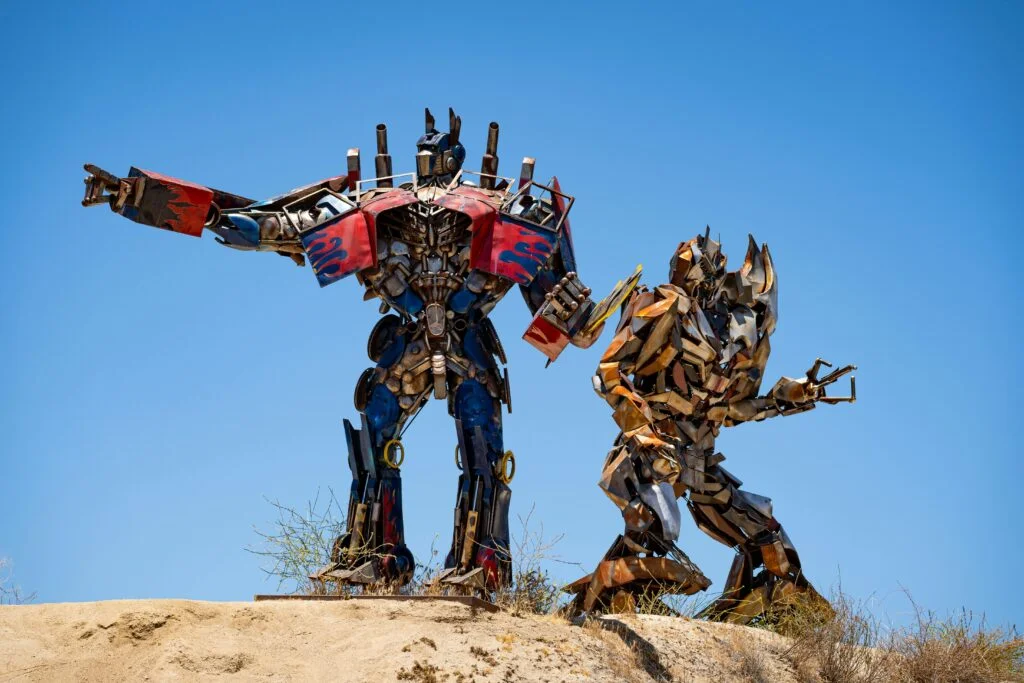
“More than meets the eye!” The Transformers commercials highlighted how cars and planes could transform into robots right before your eyes. The ads used dramatic narration and fast-paced action shots to sell the thrill of battling Autobots versus Decepticons. Kids couldn’t resist the cool factor.
Parents may have groaned at the cost of each figure, but the commercials made them feel like essential collectibles. Every new release was hyped as if it would change the entire storyline. The ads made kids believe they needed to keep up with the ever-expanding lineup. That tagline is still one of the most memorable from the decade.
13. Kool-Aid Man
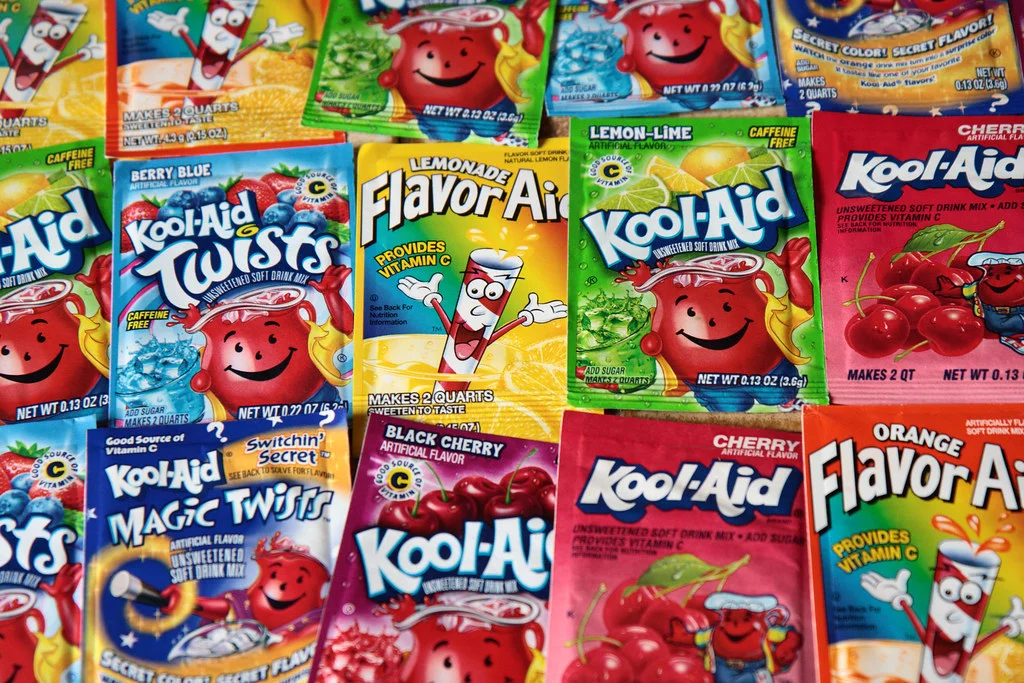
“Oh yeah!” The Kool-Aid Man commercials showed the giant pitcher bursting through walls to save thirsty kids. The exaggerated fun of kids shouting for Kool-Aid made it look like the ultimate drink for summer. The bright red drink seemed to make every gathering a party.
Parents may have worried about the sugar content, but the commercials never failed to make kids shout for more. The Kool-Aid Man became a mascot everyone recognized, with his booming voice and dramatic entrances. The ads made it clear that no playdate was complete without him. For many kids, it wasn’t just a drink, it was a whole event.


